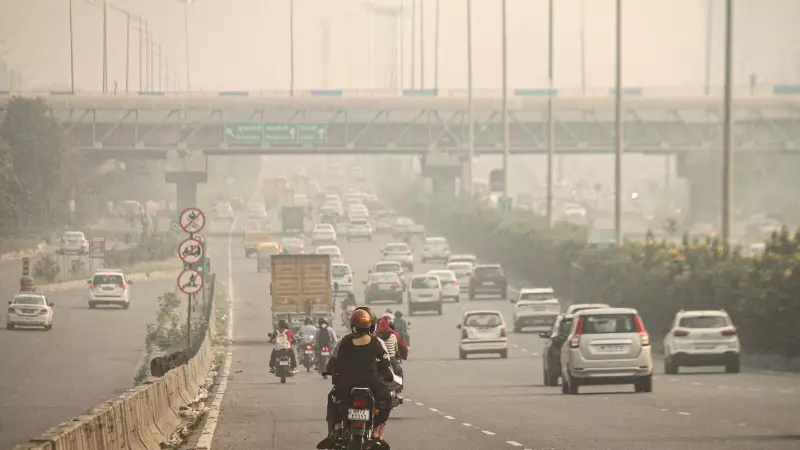
A thick, toxic haze has engulfed major parts of Northern India, turning the sky a grim grey and pushing air quality indices into the dreaded 'Severe' category. The festive cheer of Diwali has been swiftly replaced by a public health emergency, with cities like Delhi, several areas in Haryana and Punjab, and even Mumbai grappling with dangerously polluted air.
A Nation Gasping for Breath
Data from the Central Pollution Control Board (CPCB) and the Commission for Air Quality Management (CAQM) paints a alarming picture. Monitoring stations across the National Capital Region (NCR) consistently recorded Air Quality Index (AQI) values well above 400, a level considered hazardous for all living beings. The situation is particularly dire in Delhi, where the air quality has become a perennial crisis, exacerbated by post-harvest stubble burning and festive fireworks.
Emergency Measures Activated
In response to the escalating crisis, authorities have rolled out the final stage of the Graded Response Action Plan (GRAP). This includes:
- Ban on construction activities to curb dust pollution.
- Restrictions on the entry of trucks into Delhi, barring those carrying essential commodities.
- A push for work-from-home directives for offices to reduce vehicular traffic.
- Possible consideration of vehicle rationing measures like the 'Odd-Even' scheme.
Beyond Delhi: A Widespread Crisis
The pollution nightmare is not confined to the capital. Residents of Mumbai were also greeted by a thick layer of smog, a worrying sign for a city that typically fares better than its northern counterparts. Meanwhile, numerous cities in the agrarian states of Punjab and Haryana reported some of the worst AQI readings in the country, largely attributed to the rampant practice of paddy stubble burning.
Health Experts Sound the Alarm
Doctors and pulmonologists have issued urgent advisories, especially for children, the elderly, and those with pre-existing respiratory and cardiac conditions. The microscopic PM2.5 particles, which can penetrate deep into the lungs and bloodstream, are the primary culprit, leading to a surge in cases of asthma, bronchitis, and eye irritation.
As the winter sets in, meteorological conditions like low wind speed and temperature inversion are expected to trap pollutants close to the ground, offering little respite in the immediate future. The situation underscores the urgent need for long-term, sustainable solutions to what has become an annual environmental disaster.





